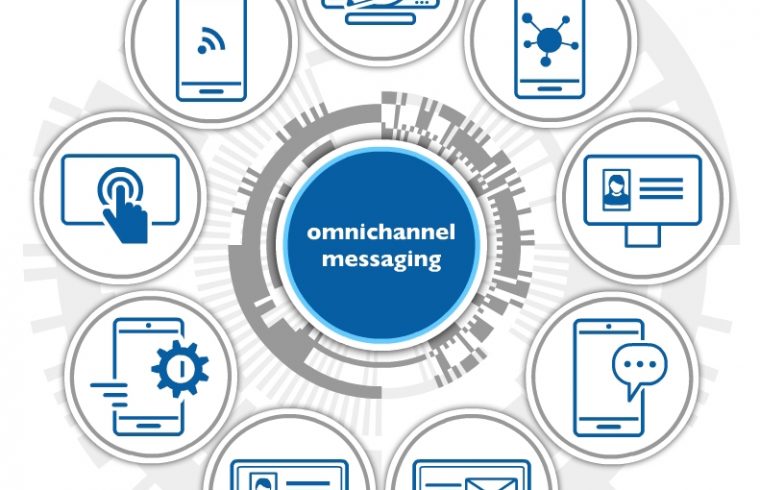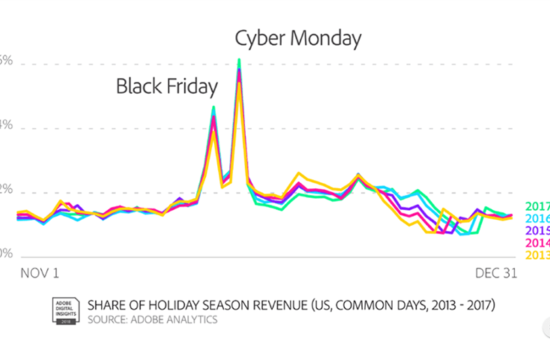Consider a scenario where a person Alan logs onto an ecommerce website and is greeted by a pop-up greeting him and inviting him for a chat. The conversation will take the following lines –
“Hi Alan! How can I help you today?”
“I am looking for brown Leather shoes”
“Glad to help you! Is it for a formal occasion or informal one?”
“Formal, work wear”
“Great! Any particular brand? Narrow or broad toes?”
The voice behind the feature is a chatbot, which is an automated program that can be the face of the website and interact with customers and guide them with their shopping. Technically, chatbots are programmes that pretend to be human and interact through text and voice inputs. E-commerce businesses are increasingly adopting this new channel for improving customer experience.
Promotions with eCommerce
Chatbots give the brand a face that has so far been missing with online shopping portals. eCommerce platforms mostly bombard prospective customers with a vast array of choices and a long list of filters to help them narrow their search. The single aspect that is lacking in the ecommerce store, that a brick-and-mortar store offers is customer support. Chatbots that are currently used in ecommerce site messaging platform is gradually becoming face of the company by handling customer interaction, support and customer relationship management.
The retail and ecommerce segment use chatbots to cater to multilingual and multinational customer base. The personal shopping assistant speeds the process of availing to customized deals and offers. Furthermore, chatbots act a brand guides that help take wise shopping decisions, based on customer’s needs.
Understanding the Chatbot Trend
Technavio suggests that the global chatbot industry will grow at a CAGR over 37% by 2021 and the market share of chatbots in the retail and ecommerce industry will be 38.56%. The retail sector is one of the fastest growing markets for chatbots with ecommerce giants like Amazon, Alibaba, Walmart and Flipkart already adopting the technology in a big way. The retail business thrives on good customer experience and retention is challenging and essential for growth. A chatbot will be a shopping assistant that has the potential to secure customer loyalty.
The Chatbot for the business
Unlike the regular customer care executive, the chatbot will be available to the customers 24×7, and with the same performance consistency. Website visitors can interact with the chatbot with simple queries and they can be accessed across all the mediums, that is, website or application. There are different types of chatbots that can be used for the business such as the Facebook Messenger bot.
A chatbot can be used to –
- Reach a larger customer base by its acting as an assistant in browsing products and asking appropriate questions. It sounds like a human customer care executive with artificial intelligence and the customer has the option to turn it off.
- Send messages, announcements, run contests, and share details of clearance sales or notification of a product in the wishlist running out of stock to multiple users simultaneously.
- A follower base can be created for receiving notification from a chatbot in the same way as one creates a newsletter following database
- Engage with customers using the messaging apps they already have such as WhatsApp, Messenger, Skype etc.
- Talk to customers in an engaging manner without the robotic undertone to make their shopping experience enjoyable and personalised.
The first SMS had been sent exactly 30 years ago and since then the entire system of messaging has evolved to make way for instant messages and chatbots. This is the form of communication that will lead the online retailing and service sector in the future. An omnichannel chatbot that uses all the popular messaging platforms will help reach maximum number of customers, answer their queries and provide them personalized services. They can be used to collect feedback and to inform them about special offers.

“I don’t know anyone who likes calling a business. We think you should be able to message a business, in the same way you would message a friend.” — Mark Zuckerberg at F8 in 2016.
The mechanics of its operations
Though chatbot is a mature technology that can achieve much, its integration with an ecommerce website is next to child’s play. Whether the website has been built using Woo-commerce, Shopify, Opencart or Magento, a bot-bot based store can be started with zero infrastructure cost. Customers can be given customized experience based on their age, preferences, profiles and many other categories. The chatbot is powered by machine learning, natural language processing, and live operators. Apart from customer service and sales support, it can also be used for marketing. Using sophisticated APIs, ecommerce companies are creating customer interaction strategies that are contextual, personal and relevant. With its ubiquitous presence and conversational presentation, a greater brand recall can be achieved, leading to increased brand loyalty.
Leading chatbot messengers give interactive UI elements that are aesthetically pleasing and integrate elements such as maps, product photos, comparison tools etc. the customer focused elements can be used to create different types of chatbots to act as –
- Product finder
- Order status checker
- Customer service provider
- Offer notification
- Retail concierge
- Style guide
They can provide these services in numerous languages and on multiple messaging platforms.
Essential chatbot feature
- It must be evident that the customer is interacting with an Artificial Intelligence entity and is responding on the basis of data collected from customer’s past history on the website, their profile and search preferences
- The chat must activate only when invited. It is important to respect the user’s privacy and state that the personal information will not be shared
- Deep system integration with the ecommerce site will allow proactive handling of status changes and transaction movements
- Ergonomic features and relatable buttons and images coupled with simple responses and queries will make it easy for the customer to interact comfortably
- The response time must be very short and precise
- If a query cannot be addressed, there must be feature to get maximum information and thereafter this information must be transferred to a human customer care executive who can address it via chat, email or phone call
The way forward
Chatbots are cost effective, time efficient and easily accessible. It is an essential feature for a customer centric business such as ecommerce where multiple queries and searches have to be handled. Also, it can be a key differentiator and unique service that will enhance the shopping experience.
Author: Mitesh Patel
Mitesh Patel is a digital marketing expert at Solution Analysts, a leading mobile app development company presents in USA and India. As a marketing guy in the tech company, he loves to explore and share technological advancements in the domains of mobile, IoT, and web.








